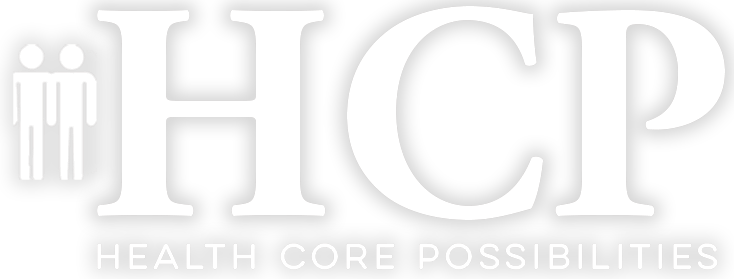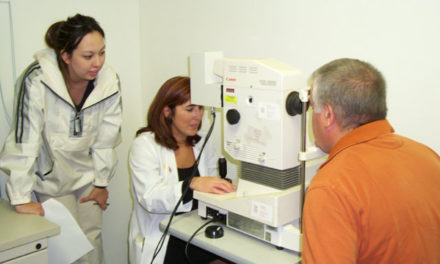CHANGE MANAGEMENT AND THE SUITE OF LIKE APPS
“Without change there is no innovation, creativity, or incentive for improvement.” Wm. Pollard
Change Management. Agile. Lean. Six Sigma. Value Streams. These are methodologies that have become necessary and useful in the business of planning, measuring and assessing change within organizations. It can be accurately said that these methods – which today are routinely applied to social engineering and service organizations – have been derived from the manufacturing of products that create increased values in markets from flowers to automobiles. Henry Ford invented the assembly line which streamlined and standardized production, thereby rendering all outcomes measurable (unit sales). Toyota refined Ford’s static assembly lines identifying and eliminating wasted steps in production. The roles of workers became diversified, creating the ability to produce multiple automobile models without having to retool (value streams). Bonus? The workers liked the diversification of their jobs.
Now transfer these concepts to social services such as healthcare and/or governmental service organizations. The consumers, i.e., administrators, become the producers or manufacturers. Lean and Six Sigma models operationalize production quality. Agile offers a guide to making adaptive changes “on the fly.” Change Management provides a structure for measuring outcomes of adaptations within the workforce and on the site.
As project developers, HCP principals have been creating, managing and evaluating novel projects for more than two decades. We learned a few important lessons in the early 2000s that were frankly prescient. We quickly understood that for all the cool healthcare technology and web-based clinical services we could provide, we needed to have certain conditions in place if the projects were going to become successful. We described the lessons we learned in a paper which has been cited nearly a thousand times since – Barriers to Telemedicine: Usually it’s not technology issues that undermine a project–it’s everything else [Stumpf, Zalunardo and Chen, Healthcare Informatics, 2002].
We described seven non-technology barriers to success. Here are a few of our recommendations that have strong fidelity today with modern protocols.
Inadequate leadership: A project without a dedicated, local on-site project coordinator will lack leadership. The project coordinator should be a central resource with some understanding of all aspects of the project, from technology to the needs of patients and healthcare workers. This individual should not be the same person who called for the project. If the project coordinator role is parsed among different staff – such as the business manager, clinical coordinator, and consulting physician – the project will struggle from the start.
Lack of physician buy-in: Local physician endorsement is an absolute requirement. A physician inside the local group must be a flag-bearer, project advocate and champion. If a champion cannot be identified or is insufficiently empowered to have an impact on policy and procedures, the project will become orphaned, and risk of failure is all but ensured.
Resistance to evaluation protocol: Evaluation is integral to all project implementations. Funding sources are entitled to know project impact and stakeholder value. Measure, measure then measure some more.

Staff resistance to changing habits: The belief that one implementation strategy will succeed across multiple sites can be fatal to a project. Each site must be viewed as a unique system functioning according to established patterns. Change is a must, but how?
Change is frequently seen as evil. Although change is a fundamental component of evolution, it is often hard to accept. Why change something when the status quo works? Change means more work. Change means something new to learn. Change is uncertain. Change is risky. All are reasons to resist change. However, change can be good.
Something as simple as washing your hands before the preparation of food is a fundamental positive change. Yes, it adds an extra step. It does make more work. It must be remembered and added to the routine. But it does work. It makes for a healthier and better quality of life. A simple change, but none-the-less, a change. Not all change can be this simple. But let us remember, change does not need to be evil. One of the first lessons in managing change is to understand that participant input is critical.
Not all changes are for the better. Changes (improvements?) in weapon systems over the millennia could/would be viewed by many as examples of bad things. But to others (stakeholders) such changes would be viewed as positive, even essential. The success (or failure) of change is in the eye of the beholders. What one person sees as good; another may see as evil. So how do you determine if the changes will be good or bad? What are the positive values to be gained by the proposed changes?
Change must be measured if it is to be managed. The best way to move change in a positive direction is to set expectations in advance regarding expected outcomes of the proposed change. What are the goals for change? How do you know if the change contributed to these goals? What are the end points (measurable outcomes)? How do we know if we got there? These are the discussions in which the stakeholders must engage before the management of change begins. Set the values tied to the goals.
To know if the proposed changes are reaching their desirable goals, we need a system to measure the outcomes. Meaningful measurements can appear to be superfluous – not always easy to determine – but in every case, a necessity for change. If you can’t measure the outcomes, you have no way of knowing if your changes are successful. Did the changes deliver a greater value than the status-quo?
Change (or the proposal of change) may not always be easy. In fact, it can be downright painful. If it was easy, it would happen all the time (which it does – mother nature has mastered change). For many people change is scary. Will we get it right? If mother nature messes up, she tries again. If we get it right – great. If we get it wrong, like mother nature we must try again.
If we structure our proposed changes, measure the outcomes, seek and secure ‘buy-in’ in advance, determine the value of what is to be gained by the change, we will limit the risks of the changes. We will lessen, but not eliminate, the pain of change. The key for humans is to plan, look for a structure of change, set expectations, set a pace, determine measures of success, and not fear the risks. Embrace the pain of change. Enjoy the courage that change can bring to you as an individual, and the benefits of an improved work product. Change is positive.





